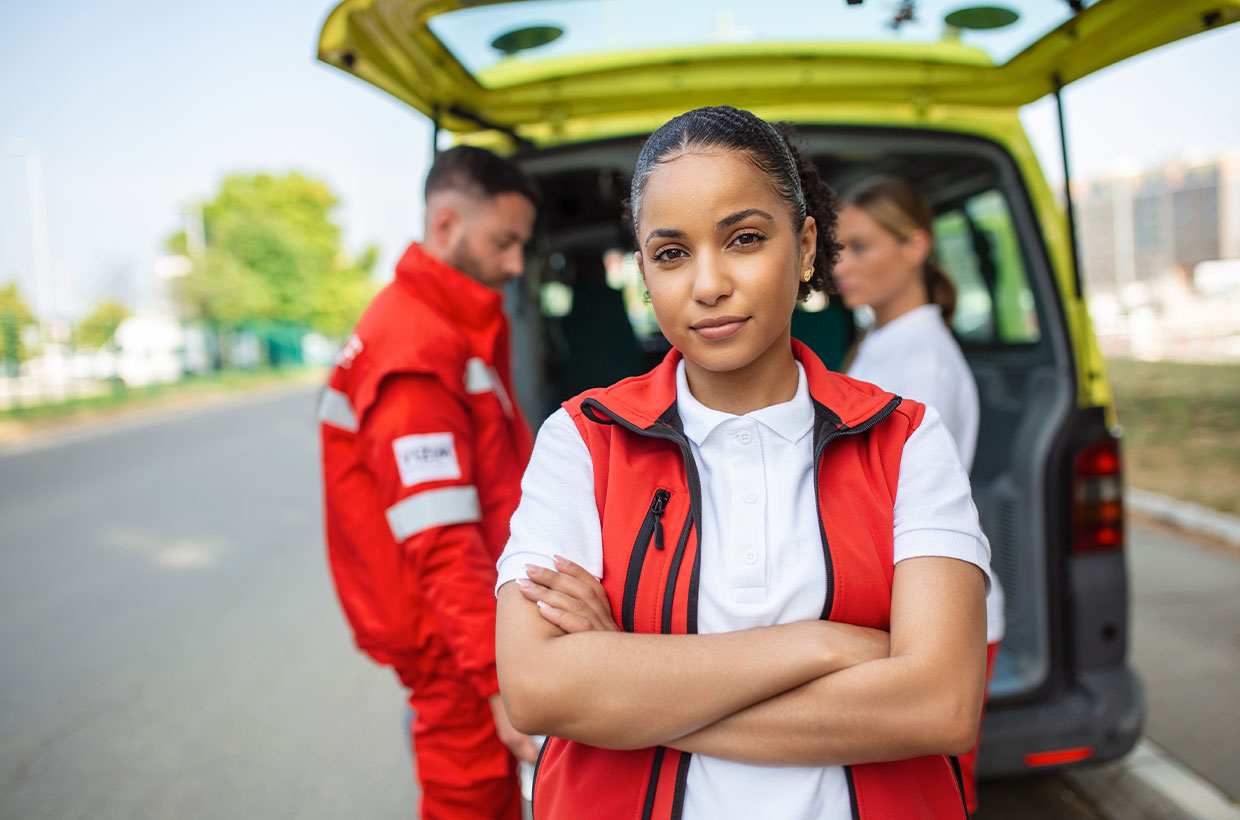Air travel remains the safest form of travel known to man. According to the US National Travel Safety Board (NTSB), the odds of being in an air crash tragedy is 1 in 5 million; and that 95.7% of passengers survive plane crashes. A study by the European Transport Safety Council reveals that plane crashes technically have a 90% survivability rate. Thus, contrary to popular belief, people actually survive plane crashes.
According to the US NSTB, 68% of plane crash fatalities occur in post-crash fires, not in the initial impact. Survival rate decreases to 76.6% in plane accidents that involve fire, severe injury, or substantial damage to the aircraft.
The recent tragic plane crash in Tanzania reminds us about the need for passengers to consciously prepare themselves for air disasters when traveling.
Experts showed that ⅓ of people who died from a crash would have survived but for ignorance and being ill-equipped to react adequately in the event of an imminent plane crash.
The singular most important human factor linked to deaths in an air travel disaster is not due to panic but normalcy bias. This cognitive bias tends to undermine the seriousness of a situation. This bias confers a false feeling of safety as passengers are more likely to conclude that the worst is over which could forestall further actions to escape the plane wreck. Strategic Planning for an emergency can help address this feeling which may just be the defining point between life and death.
Below, we briefly highlight ways to survive a plan crash and actions to take.
Ways to survive a plane crash
Prepare for the emergency before the crash
- Avoid small planes if possible. According to the US Federal Aviation Authority (FAA), small planes may not be able to absorb energy and withstand the force of impact like bigger aircrafts. This translates into lower survival rates. For example, if you have the opportunity to choose between a Boeing 737 or a poodle jumper, go for the Boeing.
- Pay rapt attention to the pre-flight instruction from the crew. Read the flight safety cards as planes vary in design. Knowing how to operate emergency equipment or open the emergency door could make the difference.
- Purchase a baby seat. Although parents/guardians are allowed to carry their babies, research has shown that they are unable to hold onto them when bracing for impact and are less likely to survive. Instead they should be restrained in car seats during flights.
- Seat belts are crucial to survival. A securely fastened belt keeps the passenger restrained during eventualities like turbulence and even depressurization where the aircraft loses part of its aluminum body. It reduces the risk of severe injuries or suction from the plane. The ability to undo the belt by sense of touch is essential to swift movement during an evacuation.
- Proper clothing. Close-fitted cotton clothing should be worn. Avoid flammable materials like polyester, acrylic or nylon. Wool, although fire resistant, is not advisable in a water crash as it tends to absorb more water thereby increasing the chances of drowning. Flat well fitted-closed toe shoes with good traction are preferable. Avoid putting on spectacles and objects like earphones or biros.
- Familiarization with the aircraft environment. For instance knowing the position of a life vest or the nearest exit from your seat position, especially by all other senses except sight, is crucial to safe evacuation. This is because visibility may be reduced during the crash as a result of lightning failure, fires or smoke. Research has shown that being within 5 seats from the nearest exit can increase chances of evacuation.
- Always keep your hand luggage under your seat. Despite the inconvenience as it may just be what reduced the chances of having a broken leg during the crisis. It is important to also note that heavy luggage should be secured safely. This prevents them from acting as projectiles that could cause serious injury during a crash.
Actions to follow through during the crash
- Do not panic.
- Follow the instructions of the crew members.
- Communicate with members of your family and people around you calmly.
- Do not unbuckle the seatbelt till the plane has stopped moving.
- Remember the “brace position.” Lean forward with feet firmly on the ground and head, cradled against your knees or seat in front of you.
- Use the oxygen masks immediately to prevent hypoxia. During altitude loss, the cabin loses pressure leading to reduction in oxygen level. Being mentally alert and conscious is critical to personal safety if the passenger is to escape the wreckage after the crash. It is highly desirable to don-on the mask before helping another person.
- Put on the life vest if it’s a water crash. However do not inflate till you are safely out of the aircraft wreck as this could impede movement.
After the crash
- Stay calm and listen for further instructions from the cabin crew. However, understand that there may be no instruction as the crew members may be incapacitated. Do not wait. Spring into action.
- Move swiftly. Abandon all personal belongings as time is crucial to survival. Remember the 90 seconds golden rule which states that after this time frame the likelihood of survival reduces drastically with time from about 90% (NTSB) .This period is crucial to escape.
- Crawl instead if there is smoke. Use a wet fire retardant material over your nose if possible.
- Go as far as possible from the crash site. 500 ft is recommended. Look for buildings or covering to avoid hazards of projectiles in case of an explosion.
- Stay together with other passengers and wait for rescue so as to be accounted for.
Conclusion
Despite strides in regulating the aviation industry, advancements in engineering designs of aircrafts employed to enhance safety, and highly skilled cabin crew members; being prepared for a plane crash is the best way to survive a plane crash. As a passenger, being empowered with an emergency action plan, irrespective of whether you fly regularly or occasionally, is pertinent to staying alive. Next time when traveling in these big birds, rather than thinking about a thousand ways to die, instead think about all the ways you could survive. At Ducias (Health and Safety) Professionals, we care about your safety, always.

